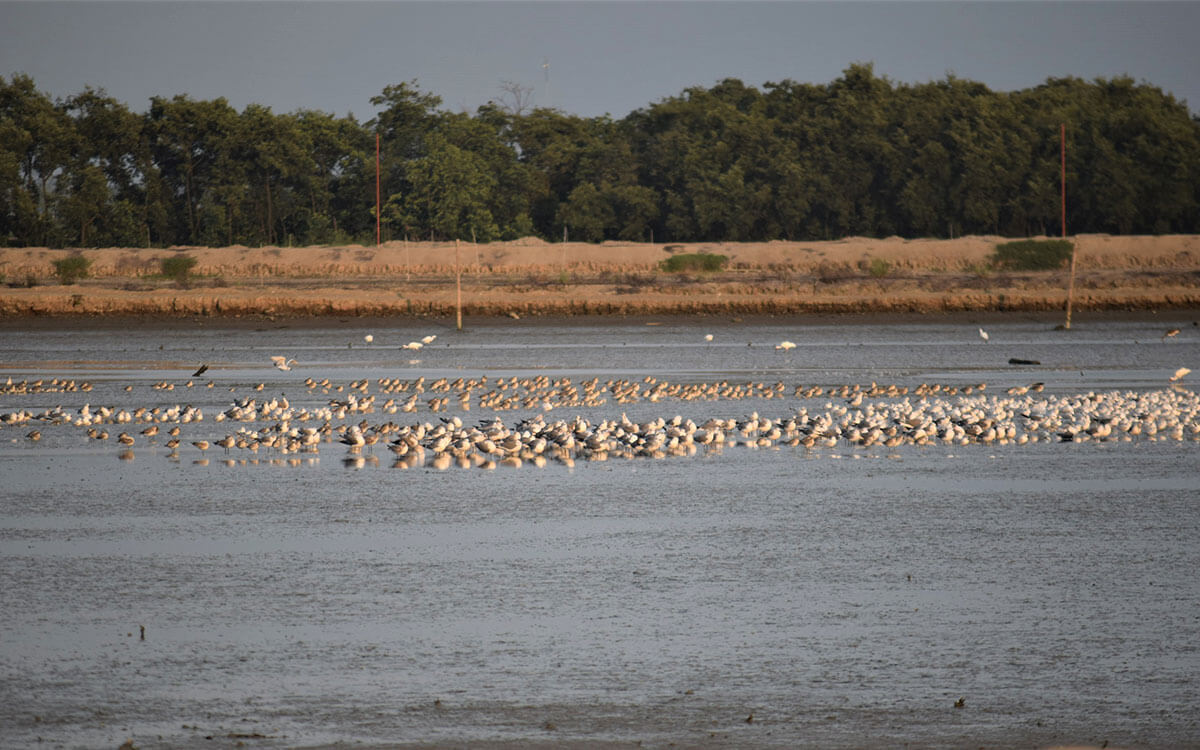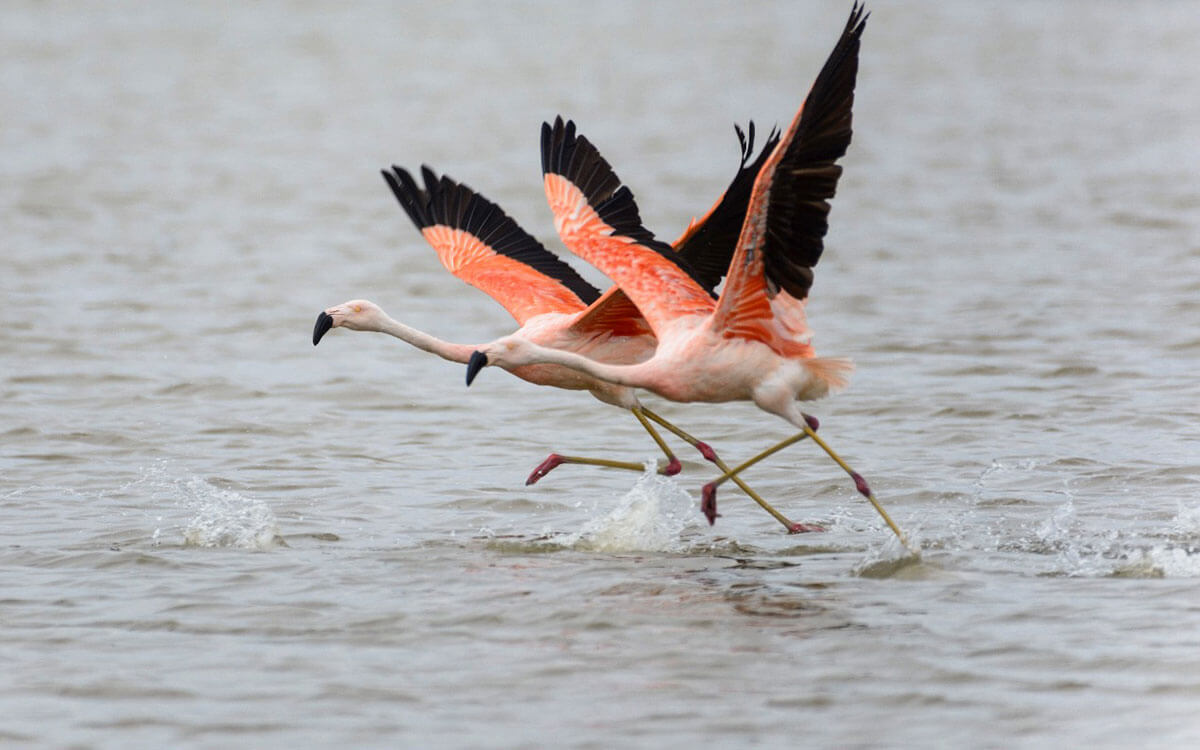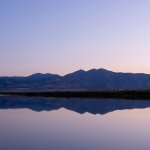The WHSRN Executive Office is excited to announce Canal de Jambelí as a new WHSRN site of International importance. The site is located along the Pacific coast in southern Ecuador where it forms part of the Gulf of Guayaquil. The total area covers approximately 55,000 hectares and falls under the jurisdiction of the Ministry of the Environment, Water and Ecological Transition, the legal authority over the entire Ecuadorian coast.
Canal de Jambelí has been designated as a WHSRN Site of International Importance on the basis of holding over 100,000 shorebirds annually. Specific counts include a total of 105,000 Semipalmated Sandpipers, Calidris pusilla (representing nearly 10% of the species “western” biogeographic population as presented in the Pacific Americas Shorebird Conservation Strategy) and a single day count of 1,000 Wilson’s Plovers, Charadrius wilsonia of the subspecies beldingi (representing more than 10% of the biogeographic population). Besides these significant numbers, the site also holds counts that pass the 1% threshold level of several other species including the American Oystercatcher, Haematopus palliatus pitanay; the Semipalmated Plover, Charadrius semipalmatus; and the Whimbrel, Numenius phaeopus rufiventris.
The NGO Aves y Conservación has been implementing shorebird research and monitoring in the area since 2015 and carried out monthly surveys between 2016 and 2017. These monthly surveys were implemented to better understand shorebird abundance and spatial/temporal variation, and the results of these surveys showed the importance of the area and formed the basis of the designation of the site. In addition to this research, survey data from the Migratory Shorebird Project was also used for the designation. The Migratory Shorebird Project is the largest coordinated survey ever of wintering shorebirds on the Pacific Coast of the Americas. It was initiated in 2011 by Point Blue Conservation Science and is a cooperative effort of conservation science organizations and agencies.


Left: Shorebirds at a shrimpfarm in the new WHSRN site. Right: The biodiversity of the site include mangroves and several waterflow birds, as the Chilean flamingo (Phoenicopterus chilensis). Photos courtesy of Aves y Conservación.
“The Guayas River basin is the most important deltaic system on the Pacific coast of South America and gives rise to the Gulf of Guayaquil. The site receives very high numbers of the Semipalmated Sandpiper, but is also of importance for another 18 Nearctic migratory species, becoming a critical area for their conservation” says Ana Agreda of Aves y Conservación, who led nomination process. Agreda adds, “The designation of the Canal de Jambelí as a WHSRN site will help us successfully conserve thousands of hectares of critical habitat at one of the most important sites in Ecuador where shorebirds congregate”.
The designated site includes the 35,000 hectares of the Manglares Churute Ecological Reserve, which is also a Ramsar site since September 1990. Besides, Canal de Jambelí represents the coastal region of the Macizo del Cajas Biosphere Reserve and declared as part of the World Network of Biosphere Reserves in May 2013 by UNESCO’s Man and the Biosphere Programme. The Reserve has a management plan and key threats like deforestation of mangroves due to the expansion of shrimp farms, pollution from the aquaculture industry and waste from nearby cities are emphasized of high priority.
9,100 hectares of the WHSRN site represent a community concession area for sustainable use. Here, three local communities, including the Artisanal Fisheries Production Cooperation of Nuevo Porvenir, the Crab-harvest Association of 6 de Julio and the Crab-harvest Association Balao, are recognized as traditional users and are the custodians and managers of the remaining mangrove areas.
With this designation, Canal de Jambelí becomes Ecuador’s second WHSRN site, its first site of International Importance and the 109th site in the Network. Please join the WHSRN Executive Office in giving a warm welcome to our new partners in conservation at Canal de Jambelí.
For more information on the Canal de Jambelí site, contact site partner, Ana Agreda, Aves y Conservación. Learn more about the Migratory Shorebird Project at www.migratoryshorebirdproject.org or contact Project Steering Committee Chair, Matt Reiter.
Cover Photo: Aerial view of Canal de Jambelí, Ecuador. Photo: Aves y Conservación






